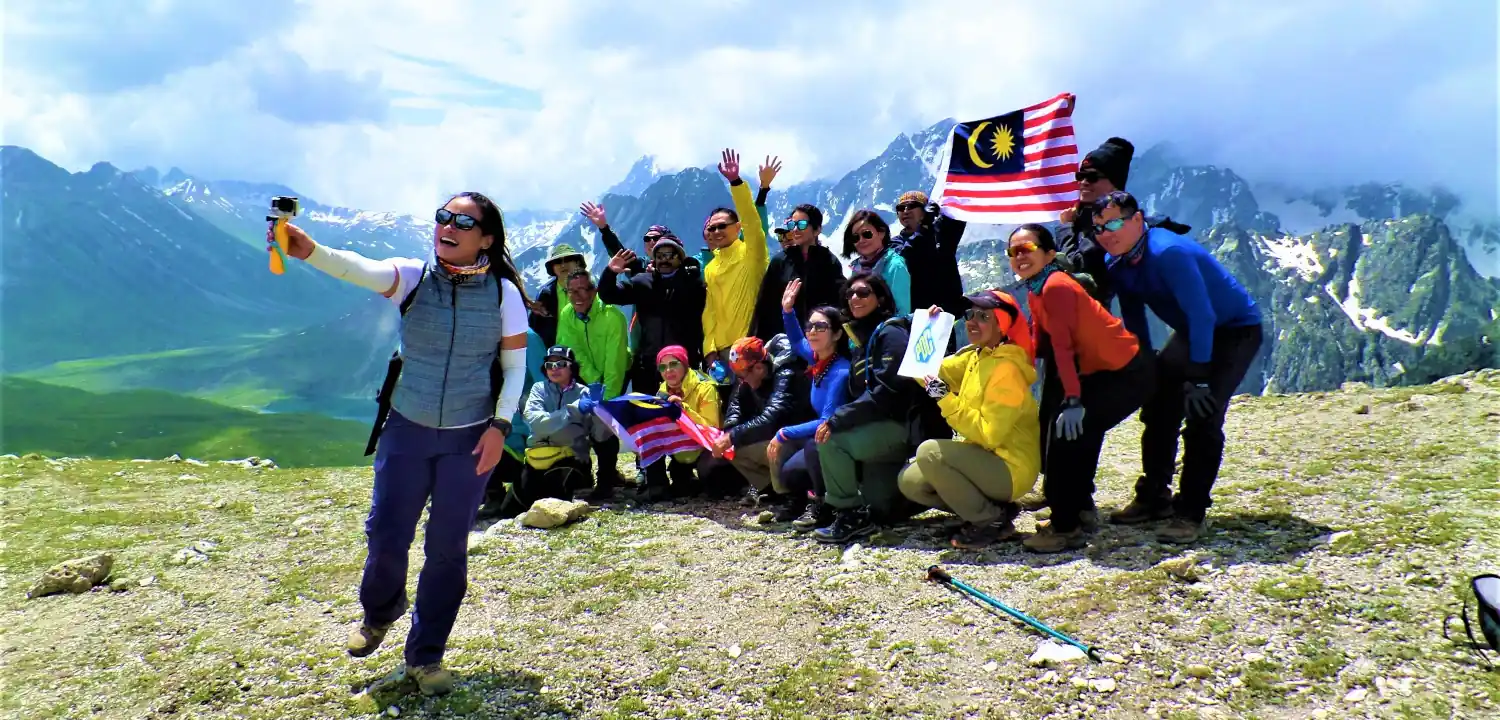Kashmir Treks is an expedition and adventure travel company. We offer guided hiking, trekking, bespoke tours and mountain adventures in the Himalayas of Kashmir. We specialize in selected classic treks and climbs, such as the Great Lakes Trek, the Mount Harmukh Climb, Gangabal Rock Climbing, Stok-Kangri Climb, Pir-Panjal Hirpora and the Zanskar Valley Trek in Ladakh. We also support TV/ Film shootings and documentaries and are equally happy to design a private trip, tailor-made to meet your specific requirements. Being native and independent, we provide eco-friendly, personal, safe, and authentic mountain experience.
FEATURED TOURS
Guided Treks, Solo & Private Groups
NARANAG MARCHOI TREK
(2N3D) INR 9500/
KASHMIR PARADISE TOUR
(5N6D) INR 32,600/
TARSAR MARSAR & GREAT LAKES TRAVERSE
(15D) INR 49,500/
Kashmir
A Summer Escape and a Winter Playground
Kashmir is one of the most popular travel destinations in South Asia. It nurtures breathtaking views under snow-covered mountains, an evergreen valley during the summers, and a twinkling night sky. Kashmir is home to the second coldest place on earth. Among the places are mesmerizing lakes, holy pilgrimage sites, admire-worthy gardens. Gulmarg offers the world’s highest golf course in the summers and serves as a world-class ski resort during the winter. Sonamarg referred to as ‘the meadow of gold’ and Pahalgam ‘the shepherd’s village’ serve base camps for many mountaineering, trekking and hiking expeditions.
Fixed Departures
2025 Bookings are Open









